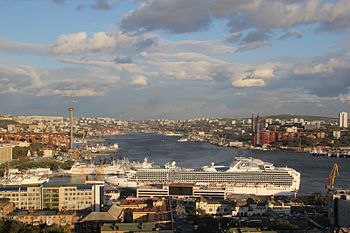The estimated population of the city is around 1,400,000 based on results of the Iranian census bureau. Tabriz is the fourth most populated city in Iran after Tehran, Mashhad, and Esfahan, while also being a major Iranian heavy industrial and manufacturing center. Some of these industries include automobile, machine tools, oil and petrochemical and cement production.

With a rich history, Tabriz contains many historical monuments, repeated devastating earthquakes and being several invasion during frequent wars have substantially damaged many of them. Many monuments in the city are date back to the Ilkhanid, Safavid, and Qajar periods, with the large Tabriz Historic Bazaar Complex being named as a World Heritage Site in 2010.[6] Beside whole of this there is an excavation site and museum in city center with a history that date back to 2500 years.
http://www.viewiran.com/iran-tabriz.php
OFFICIAL DETAILS:
City Head: Alireza Novin
City Population: 1,398,060
City Land Area: 324 sq. km
Website: http://tabriz.ir/
Wikipedia: http://en.wikipedia.org/wiki/Tabriz
LINKS FOR THE CITY HERE:
@ http://www.viewiran.com/iran-tabriz.php
MORE OF CITY IMAGES HERE:





















